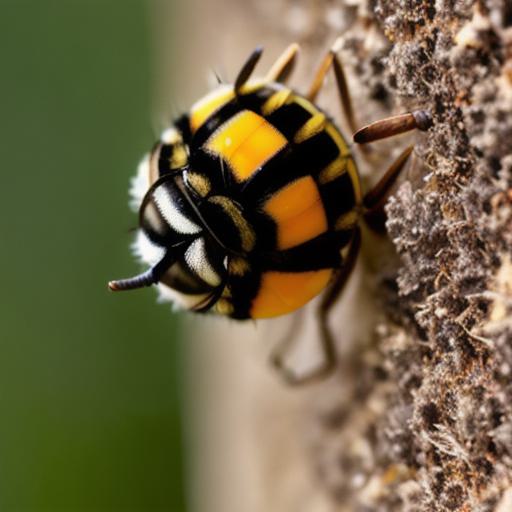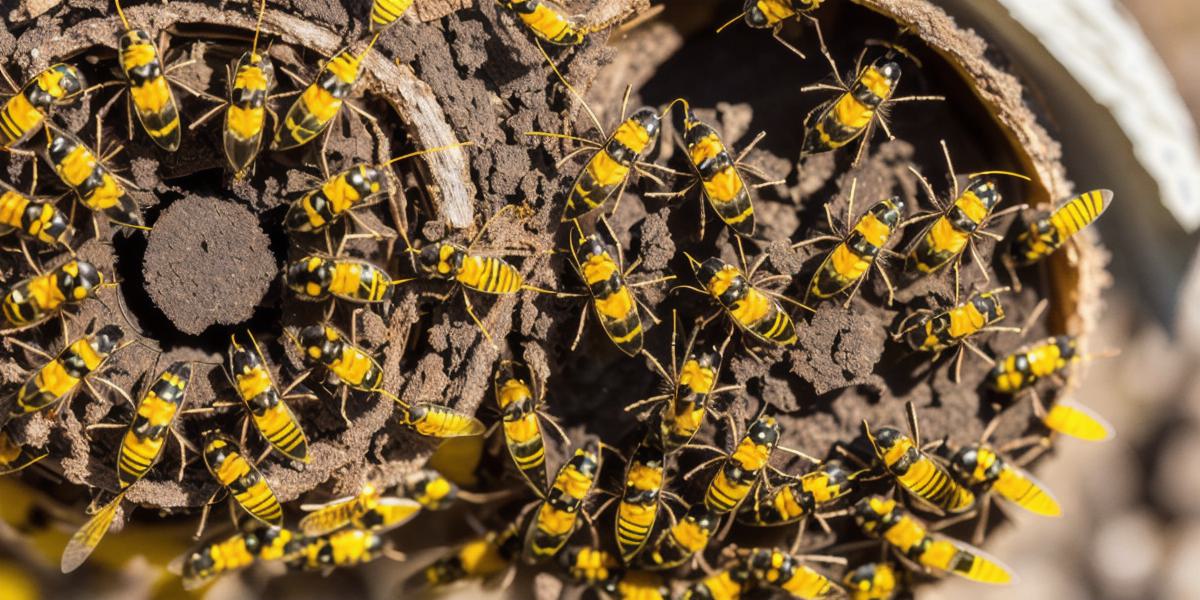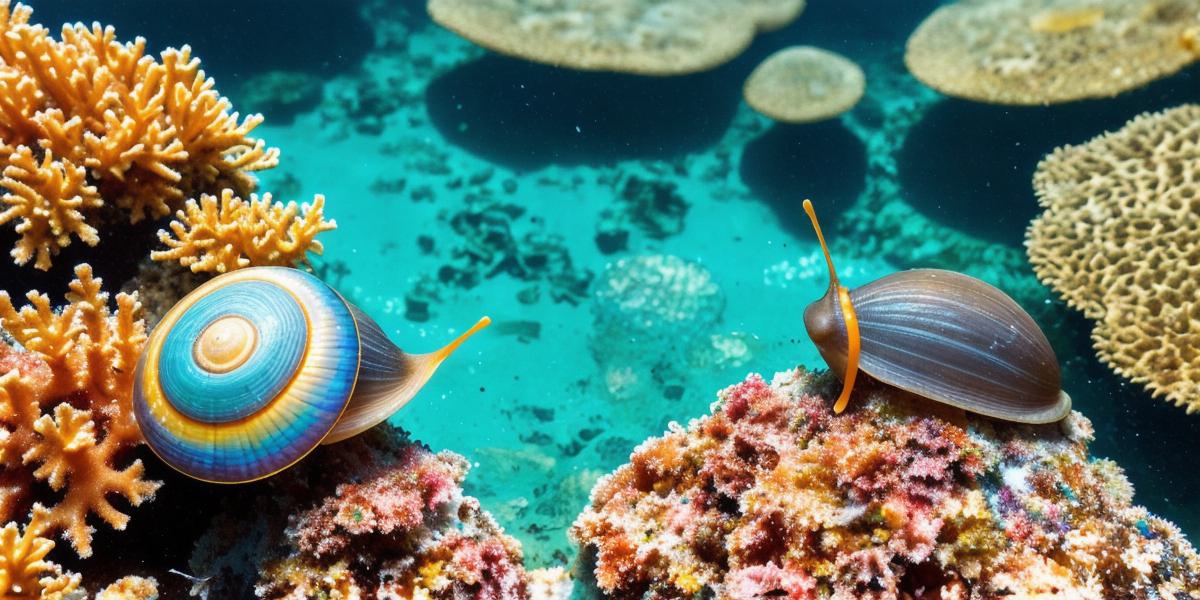Wasp nests are an essential part of the ecosystem, serving as homes for these vital insect pollinators. However, they can also pose a significant risk to human safety, especially when they become aggressive or nest in areas that could potentially cause harm. In this article, we will guide you through the process of identifying and locating wasp nests while minimizing any potential risks.
Introduction: Why Identify and Locate Wasp Nests?
Wasp nests are typically identified by their distinctive appearance, which includes a combination of wood, paper, and twigs. They can range in size from small, soccer ball-sized structures to massive hives that can cover entire walls or eaves. While wasps are generally helpful to the environment, they can become dangerous when provoked or when they pose a risk to human health and safety.
Identifying Wasp Nests: Signs and Symptoms
The first step in identifying a wasp nest is to observe its location and behavior. Here are some signs that indicate the presence of a wasp nest:
- Nest location: Wasp nests can be found in various locations, including trees, bushes, under eaves, or even in underground tunnels. Look for areas where there are multiple entrances, indicating the presence of a colony.
- Nest behavior: Wasps are social insects that work together to build and maintain their nest. If you see a group of wasps flying around a specific area, it’s likely they are constructing a new nest or expanding an existing one.
- Nest size: As mentioned earlier, wasp nests can range in size from small to massive. If you notice a large structure that resembles a hive, it could be a wasp nest.
- Wasp activity: Watch the behavior of wasps in the area. If they are buzzing around and flying rapidly, it could be an indication of an active nest.
- Nest appearance: A wasp nest typically consists of layers of wood, paper, and twigs, with entrance tunnels on the outside. If you see this type of structure, it’s likely a wasp nest.
- Nest sounds: Wasps are noisy insects that communicate through vibrations. If you hear a buzzing or humming sound in an area, it could indicate the presence of a wasp nest.
Locating Wasp Nests: Tips and Strategies
Once you’ve identified potential signs of a wasp nest, the next step is to locate the exact location of the nest. Here are some tips to help you find it:
- Observe from a distance: Wasps can be aggressive, especially when they feel threatened or provoked. Approach the area from a safe distance and use binoculars to get a closer look at the nest.
- Look for entrances: Wasp nests typically have multiple entrances that lead to different levels of the nest. Find the primary entrance and observe its location.
- Use natural scents: Wasps are attracted to certain smells, such as fruit or flower nectar. If you know the type of food source they prefer, use it to lure them out of their nest and locate the entrance.
- Use a flashlight: Locating a wasp nest in a dark area can be challenging. Use a flashlight to illuminate the area and make it easier to find the entrance.
- Be patient: Finding a wasp nest can take time, especially if it’s located in a hard-to-reach area. Be patient and observe from a safe distance until you can locate the entrance.
- Seek professional help: If you’re unsure about the safety of locating a wasp nest yourself, seek professional help. A pest control expert can safely and effectively remove the nest for you.
Conclusion: The Importance of Identifying and Locating Wasp Nests
Identifying and locating wasp nests is essential to minimize the risks associated with these insects. While they are generally helpful to the ecosystem, their aggressive behavior and potential to pose a risk to human health and safety make it crucial to locate them before they become a problem. With the tips and strategies outlined in this article, you can safely identify and locate wasp nests while minimizing any potential risks. Remember, if you’re unsure about the safety of locating a wasp nest yourself, seek professional help.
Identifying Wasp Nests: Signs and Symptoms
Wasp nests are typically identified by their distinctive appearance, which includes a combination of wood, paper, and twigs. They can range in size from small, soccer ball-sized structures to massive hives that can cover entire walls or eaves. While wasps are generally helpful to the environment, they can become dangerous when provoked or when they pose a risk to human health and safety.
The first step in identifying a wasp nest is to observe its location and behavior. Here are some signs that indicate the presence of a wasp nest:
- Nest location: Wasp nests can be found in various locations, including trees, bushes, under eaves, or even in underground tunnels. Look for areas where there are multiple entrances, indicating the presence of a colony.
- Nest behavior: Wasps are social insects that work together to build and maintain their nest. If you see a group of wasps flying around a specific area, it’s likely they are constructing a new nest or expanding an existing one.
- Nest size: As mentioned earlier, wasp nests can range in size from small to massive. If you notice a large structure that resembles a hive, it could be a wasp nest.
- Wasp activity: Watch the behavior of wasps in the area. If they are buzzing around and flying rapidly, it could be an indication of an active nest.
- Nest appearance: A wasp nest typically consists of layers of wood, paper, and twigs, with entrance tunnels on the outside. If you see this type of structure, it’s likely a wasp nest.
- Nest sounds: Wasps are noisy insects that communicate through vibrations. If you hear a buzzing or humming sound in an area, it could indicate the presence of a wasp nest.
Once you’ve identified potential signs of a wasp nest, the next step is to locate the exact location of the nest. Here are some tips to help you find it:
- Observe from a distance: Wasps can be aggressive, especially when they feel threatened or provoked. Approach the area from a safe distance and use binoculars to get a closer look at the nest.
- Look for entrances: Wasp nests typically have multiple entrances that lead to different levels of the nest. Find the primary entrance and observe its location.

- Use natural scents: Wasps are attracted to certain smells, such as fruit or flower nectar. If you know the type of food source they prefer, use it to lure them out of their nest and locate the entrance.
- Use a flashlight: Locating a wasp nest in a dark area can be challenging. Use a flashlight to illuminate the area and make it easier to find the entrance.
- Be patient: Finding a wasp nest can take time, especially if it’s located in a hard-to-reach area. Be patient and observe from a safe distance until you can locate the entrance.
- Seek professional help: If you’re unsure about the safety of locating a wasp nest yourself, seek professional help. A pest control expert can safely and effectively remove the nest for you.



